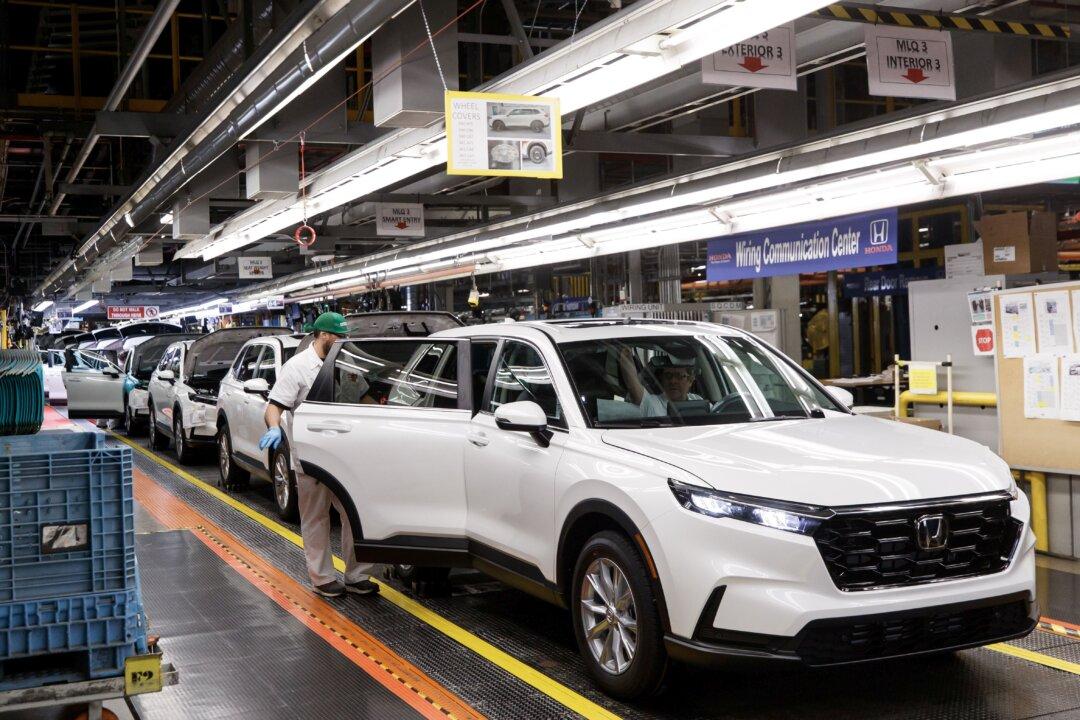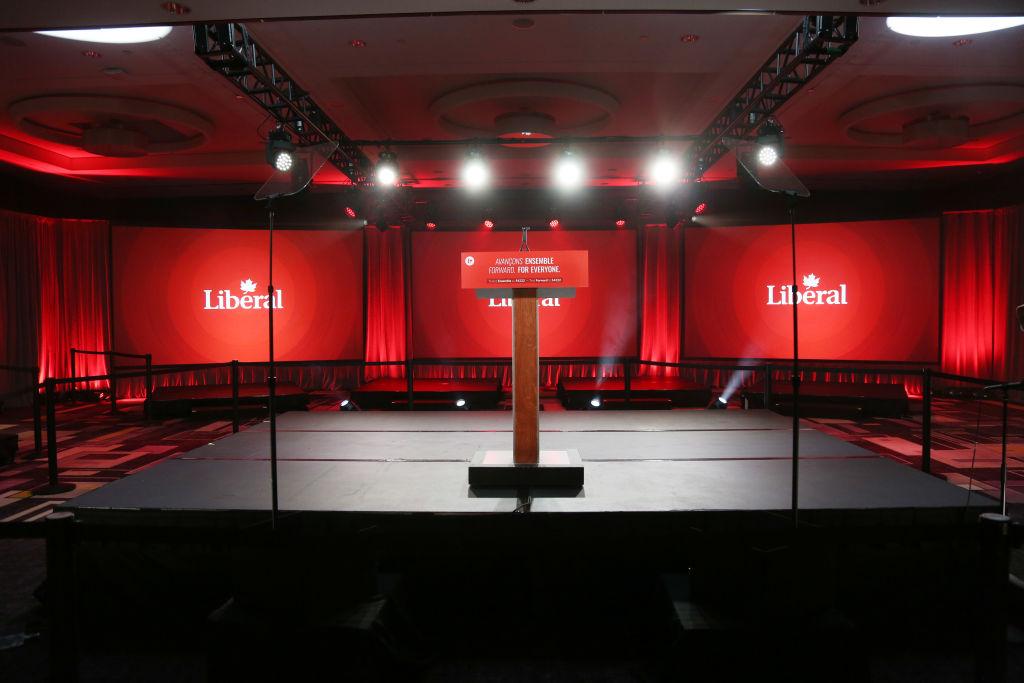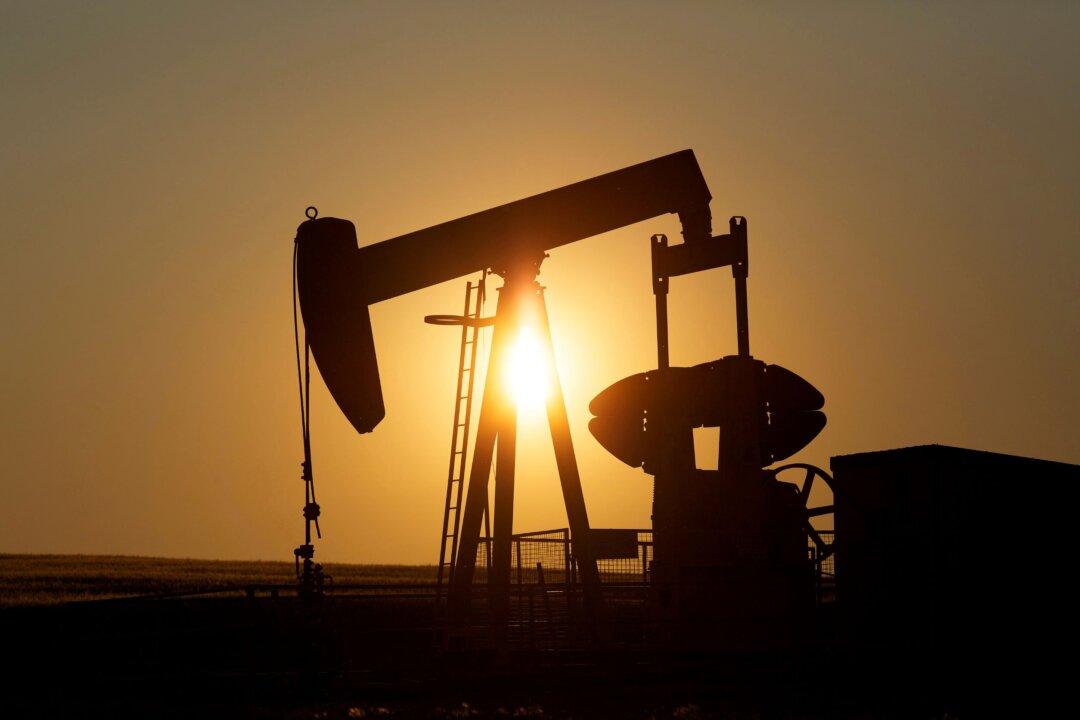Commentary
In the 1980s, the world was infatuated with Japan. Its economy was on fire and was projected to overtake the USA as the world’s number one economy by the year 2000. That came to a grinding halt in the 1990s as the Japanese stock market collapsed and economic growth there ground to a halt. What followed was called the “lost decade.”



